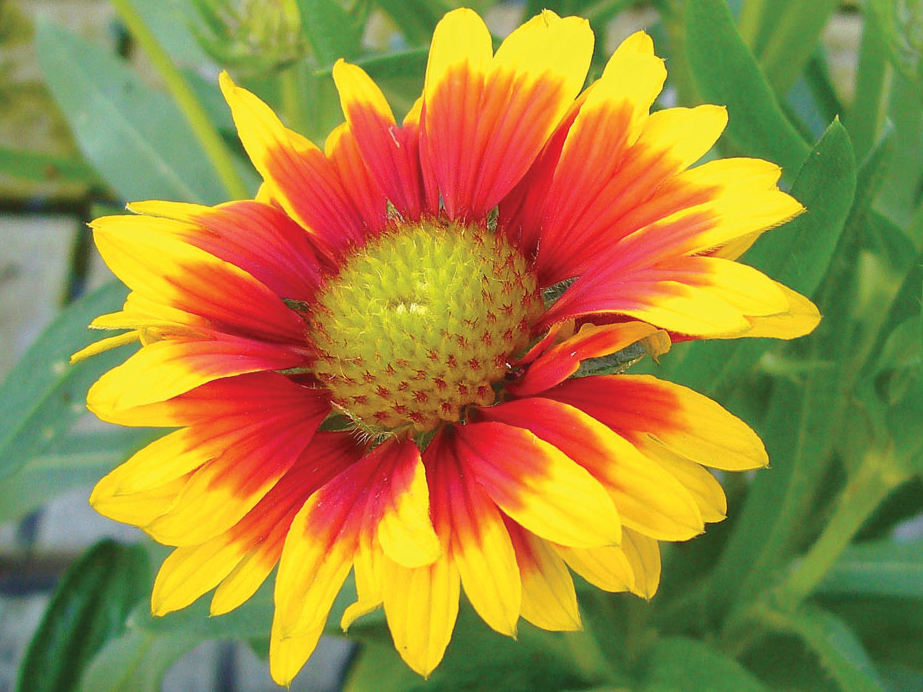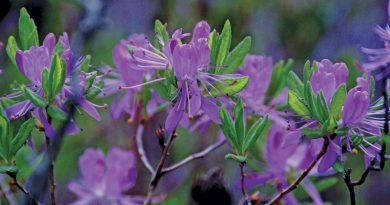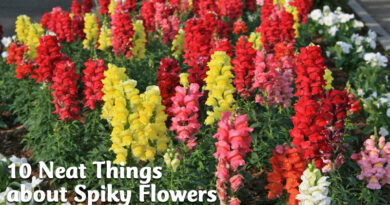Garden Stars Month by Month
Spring is just around the corner and we are starting to plan our gardens. To make sure you have plants blooming through out the gardening season, know what the garden stars are month by month.
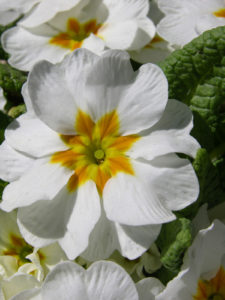
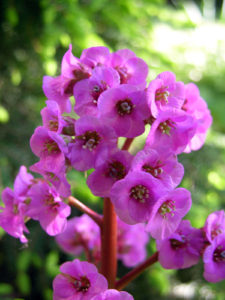
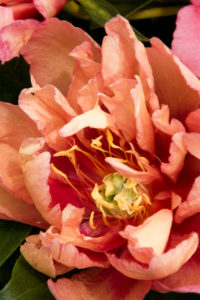
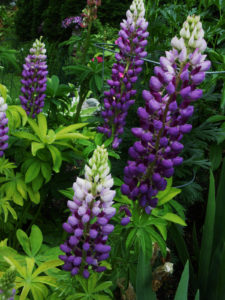

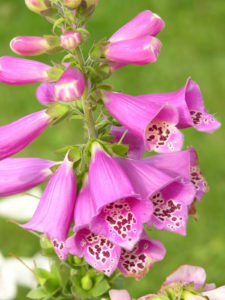
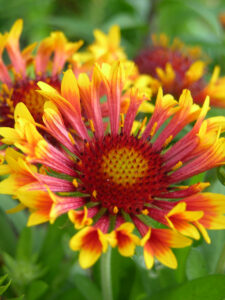
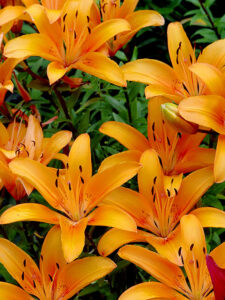
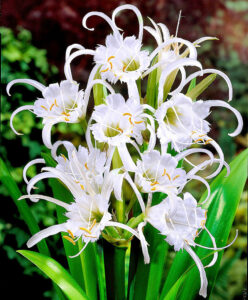
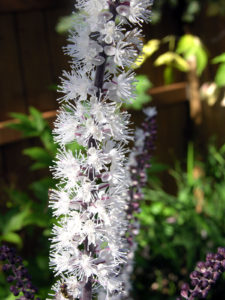
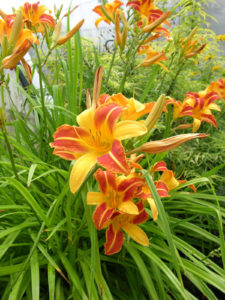
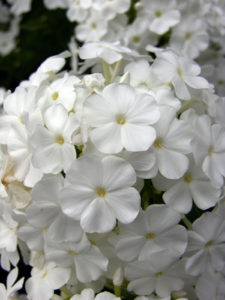
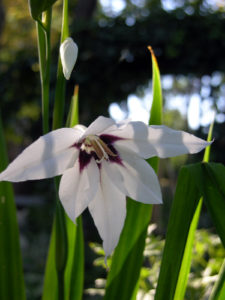
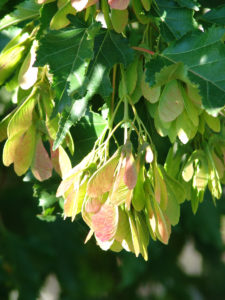
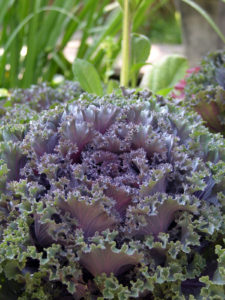
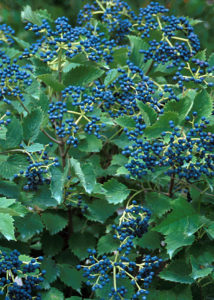
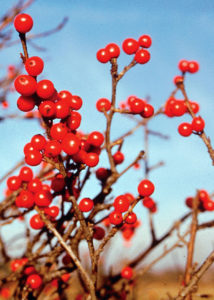
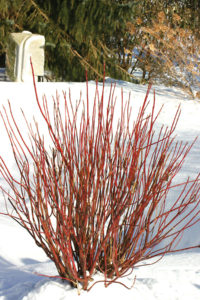
April & May
Primula auricula and P. x polyantha.
Forming masses of white, yellow, pink, purple, magenta, blue, orange, salmon – the list of colours is endless – nestled in bright green pebbled leaves hugging the ground, the pretty primula should be in every garden to gladden the heart in springtime.
Iris reticulata
These tiny dwarf irises will attract attention as one of the earliest and most exquisite bulbs to appear.
Especially the new variegated one, ‘Tubby Andrews’, with its cream and lime green specked leaves, is an early spring stand-out. The flower spikes of white or magenta are long-lasting with sturdy stems making them a good for cutting flower.
Tulipa Kaufmanniana and T. greigii.
While tulips are always stars, these two species tulips will spread and come back reliably, year after year, to delight your early spring heart. T.Kaufmanniana ‘Gaiety’ has creamy petals tinged with pink on the outside and a red heart. T. greigii ‘Plaisir’ has pretty red and white striped blooms. These bulbs are low-growing with many flowers emerging from one bulb.
Euphorbia polychroma
Commonly known as cushion spurge, screams for attention with its bracts of fluorescent lime and yellow. It forms neat mounds of glowing colour that turn red in fall.
Hesperis matronalis
Also known as dame’s rocket and gillyflower, is a standout favourites for its sweet scent in the evening and its long-blooming habit. It’s a biennial or at best a short-lived perennial, but it self sows readily. It sports tall stalks of deep pink to white that are reputed to have been a favourite of Marie Antoinette. Prefers full sun or partial shade and moist soil, but will tolerate drought and poor conditions.
May to June
Peonies
All kinds are a must, but especially the new Itoh hybrids (also known as Intersectional peonies) that come in affordable shades of yellow and gold and other colours that are very intense. Here’s what the Ottawa Citizen had to say about them last spring: “They’re called ‘Itoh peonies’ after Japanese nurseryman Toichi Itoh, who in 1948, was the first to succeed at doing what many thought impossible: crossing yellow tree peonies with the common garden peony, P.lactiflora. The new cultivar offers gardeners the best of both worlds: compact peony plants with attractive, bushy, deciduous foliage and colourful, large, never-before-seen flowers.” These fabulous plants will sometimes even set out a second flush of flowers after the first flush has been pruned. Strong stems, vivid colours, very hardy.
Lupines
Especially the Russell hybrids will wow you. If you can make these gorgeous spikes of red, purple, yellow, cream and white happy, they are traffic stoppers.
Trollius of all kinds.
The round, closed blooms of common trolliusare lemon yellow. The open flowers of Trollius europaeus ‘Orange Princess’ are equally beautiful. Trollius grows in a nice clump and will rebloom if you keep it deadheaded and fertilized.
June
Aruncus dioicus or goatsbeard
Sends up feathery plumes of white in sun or part shade. It forms a large, well-behaved clump with attractive foliage that stays lovely even after the flowers fade.
Foxgloves
Foxgloves of all kinds for the cottage garden. Digitalis grandiflora is a true perennial and while it sports only pale yellow to cream-coloured flowers, they are marked with lovely brown speckles on the throat. Very long blooming and will often rebloom in fall if cut back in late June.
Dictamnus albus or gas plant
Takes a while to get established, but once it is you’ll be thrilled with its clumping habit and its masses of butterfly-shaped flowers of pale pink to rosy purple. The flowers of this plant contain a volatile oil that can be ignited on a hot evening, but who would want to do that to such a lovely thing?
Gaillardia or blanket flower
Beloved of sunny gardeners, is a standout in any crowd forits bright face of brilliant yellow contrasted with mahogany at the centre. It blooms and blooms and blooms and will self-sow.
Roses
June is the month of roses, when the first flush is at its best. Contract the many-petalled tea and florabunda roses with a single such as the delicate ‘Ballerina’ rose, which will reward your loyalty with a steady show of blossoms all season long.
July
Filipendula rubra ‘Queen of the Prairie’
This spectacular plant grows in the wild at the edge of woods and in wet meadows. It sends up clouds of nine to 12 inch clusters of beautiful tiny, pink flowers on stems that can reach eight feet. It is rarely, if ever, troubled by deer.
Lilies
The July garden comes alive with large plantations of lilies and there are so many wonderful varieties to choose from – everything from dwarf varieties to six and seven- foot giants. The Asiatics are the easiest to grow and the earliest to bloom, but the orienpets are stunning with their wide open and often ruffled petals and the martagons and trumpets can stop a truck.
Hydrangea
Especially the big mop heads, are back in favour. The new H. paniculata ‘Limelight’ is making a hit with its green flowers that turn pink and then to burgundy in late fall while some of the flowers remain chartreuse on the same plant. A showstopper. Not as much of a water hog as the macrophyllas. You can also find climbing its hydrangea with its clouds of white flowers.
Hymenocallis festalis
Unusual, spider-like flowers have a delicious spicy cinnamon fragrance. They bloom for a week or so in early summer. Grow in full sun. Store inside for the winter. Plant in the ground or in two or three bulbs to an eight to 10- inch pot.
Cimicifuga racemosa
Has white to pinkish spikes rising above attractive green or purple foliage. White is a transition colour, and is always welcome in any garden. Shade to part shade. If you like this plant, then try Veronicastrum virginicum (Culver’s root) for blooms in full sun from May to August.
Clematis
There are so many new hybrids of clematis to choose from and many are hardy to the coldest part of the province. Just be careful to check the tag to see what type they are so you will know whether to prune them or let them be.
Hemerocallis
Daylily hybrids have become as numerous and as spectacular as hostas. No garden today is complete with out some of them. I like the tidy little mounded ones such as ‘Stella d’Oro’ and her cousin ‘Purple d’Oro’, but I am also captivated by the ruffled ones, the ones with seven-inch-wide blooms and – what the heck, I like them all. Space is the only limitation.
Perovskia atriplicifolia
Russian sage, is as blue as the skies of heaven and it smells good too. The stems are grey-blue and the flowers bluer. It will stay in colour for the entire summer. Grow in the sun where you will brush against it for a waft of fragrance. Usually three to four feet tall.
August
Agapanthus
African lily, is a bulb with brilliant blue loose flower umbels that are several inches across. This is a plant you may wish to grow in a pot, but it’s worth any trouble it takes. A tender bulb, treat it as you would amaryllis. Two to three feet tall.
‘David’ – well all phlox enhances a garden, but ‘David’ is an excellent performer. This garden staple should still be in bloom in August. Snowy white panicles of flowers start in July and bloom for weeks.
Yucca filamentosa
Now here’s a plant that will have the neighbours taking a second look. Not used as often as it deserves, this wonderful xeriscape plant likes full sun. Its common name is Adam’s needle, which describes its bluegreen, edged in gold, sword-shaped, leathery leaves that look as though they belong in the dessert, yet the plant is hardy to zone 4. And if that’s not enough, it sends up large spikes loaded with creamy white, bell-shaped flowers August in late summer. Sun. 60 to 100 cm tall.
Grasses and sedges
Grasses and sedges are coming into their own at this time and will stay lovely well into September, but none is as stunning as pampas grass which now comes in pink as well as white. ‘Karl Foerster’ will be flirting with the sun now and the blue lyme grasses will provide masses of blue green.
Gladiolas
Especially the Gladiolus calianthus (acidanthera bicolour with its white and ‘black’ 9 very dark mahogany) markings on its butterfly shaped flowers.
September & October
Grasses will be finished blooming now, fading to beige and old gold, but their seed heads remain lovely long into fall. With the shorter days and cooler night, leaves start to change colour and this is the time you wish you had planted more shrubs that gain colour in autumn.
Euonymous alata
burning bush, will dazzle the eye with its brilliantred fall foliage.
Sumac
Cutleaf staghorn sumac ‘Tiger Eyes’ has bright gold summer foliage that fades to orange and scarlet and then to scarlet as the days get shorter, but all sumac makes a brilliant red statement in fall.
Amur maple
Easily trimmed into a tidy shape to show off its scarlet leaves in fall.
Ornamental kale
These members of the cabbage family come in all shapes and textures in shades ranging from green to grey to purple and red and make a daring show in the fall garden.
Autumn Joy sedum
Plant this one in masses – it’s easy to propagate– just break off a piece and stick it in the ground. Its rusty red flowers are the perfect complement for pink chrysanthemums.
Asters
The clear, honest colours of asters will delight the eye until frost.
Colchicum and autumn crocus
Plant colchicum corms and autumn crocus bulbs in late August to early September to see them bloom soon after. Some varieties are hardy to zone 4. Pink to rose, funnel-shaped flowers on most. There’s a certain perverse joy in seeing a fall crocus bloom.
November & December
When the snow flies, contrast is what you need in the garden. Look for shrubs and trees that keep their berries and have strongly coloured stems. Don’t cut down the grasses. They, and winter berry bearing shrubs and trees, continue to add interest to the winter view and food for birds and squirrels.
Mountain Ash
This medium-sized tree, with its large clusters of glistening red berries that persist until after Christmas, looks even better in winter than in summer.
Crabapples
Many varieties keep their scarlet fruit well into winter.
Ilex verticillata
Winterberry, bears a profusion of bright red berries on black stems.
Viburnum sargentii
Clings to its clusters of bright red berries until well into winter.
Viburnum dentata
‘Blue Muffin’ has stunning, true-blue berries beginning late fall. This viburnum grows four to five feet tall and three to four feet wide.The berries are truly outstanding and shrub is very hardy.
January & February
This is the time for bark and twig interest, when you’ll wish you had planted dogwood and willow for their red and yellow stems.
Red osier dogwood
Cornus sericea, is famous for its bright red winter twigs which get brighter as winter progresses.
Yellow twig dogwood
Cornus sericea, ‘Flaviramea’, has bright yellow stems.
Birch
The lovely birch tree is never prettier than in midwinter. Surrounded by snow or barren earth, she stands out, slender and pretty as a princess.
Amur chokecherry
It can now show off its peeling and shining cinnamon-coloured bark that glows against the white backdrop.
Junipers
Junipers of all kinds now make a striking show with their blue-grey foliage and many interesting forms, from spreading to pyramidal.
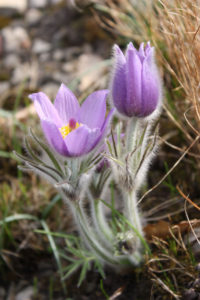
March
March can be cold and blustery, but toward its end, hardy prairie crocuses, Anemone patens and delicate pasque flower, Anemone pulsatilla, may be poking up their fuzzy leaves with the flowers not far behind. If they show up late, then there’s always pussy willows, Salix discolour.



